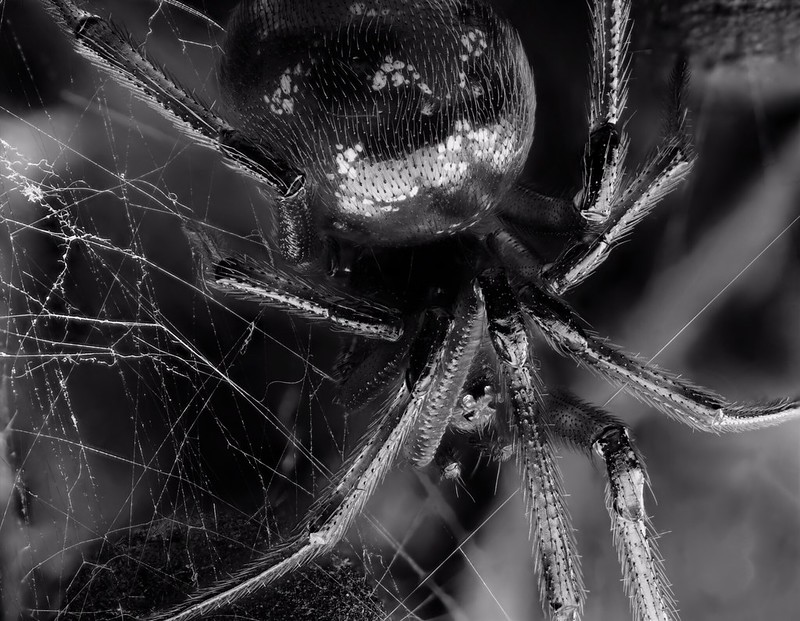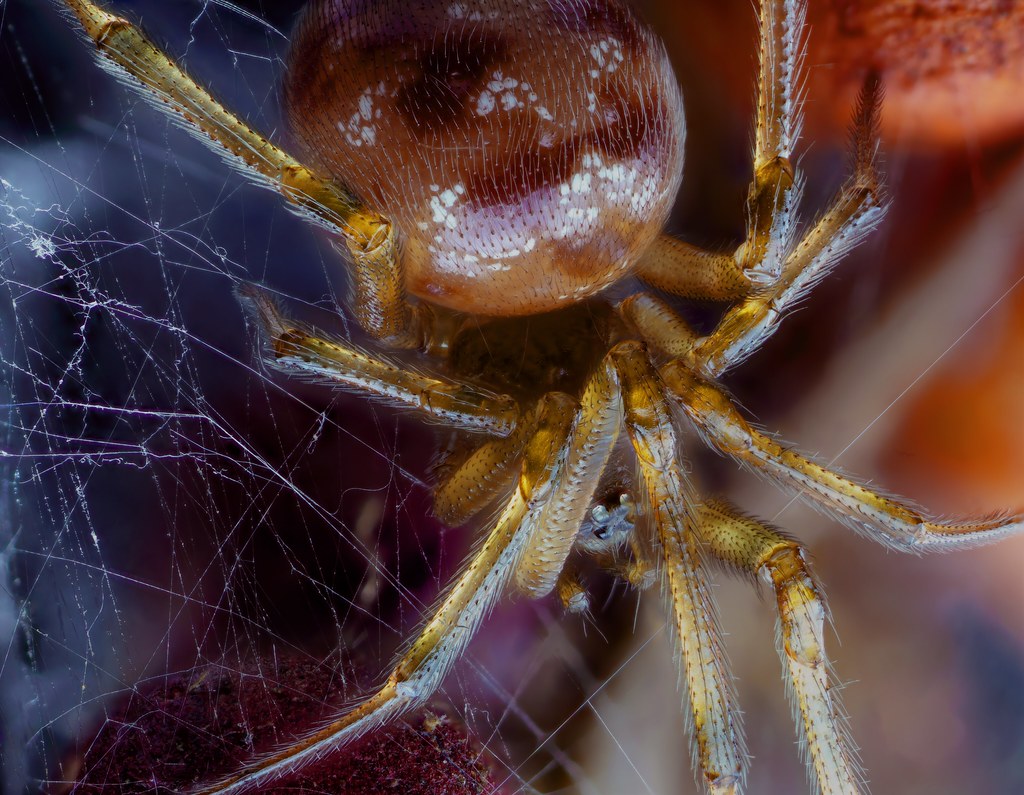
148 images
Full-res image HERE
Particularly when I'm stacking tarantulas with their thickets of hairs, retouching all of the DMap artifacts mixed in with them was just too time consuming, if possible at all. I discovered a technique using my image editing software which very quickly and easily suppresses the artifacts to the point where most of them are relatively inconspicuous.
I very much prefer the DMap stacks for their softer rendering of hairs and more accurate tones and colors. The PMax stacks on the other hand tend to have thicker hairs and sometimes an overall appearance of overexposure.
So I create a stack output of each, copy the DMap image into the editing software's layers palette, then copy the PMax image above it. The PMax image is then merged down onto the DMap image using the Darken blending mode. As DMap artifacts tend to be brighter than a clean image, the darker corresponding regions of the PMax image will greatly reduce them. Conversely, the softer and slightly darker details and textures of the DMap image will dominate in the blended image. The colors of the bottom DMap image will be retained. This is all more easily done than explained. Some conventional retouching is usually required, but very little unless a more immaculate final image is desired. In order to best demonstrate the result of the technique, no retouching was done to the above image.
Shown below, at only 640px in order to more easily compare them on the monitor, are the ZS output images -- first the relatively harsh PMax, then the artifact-ridden DMap, and finally the darkened merged image. For a clearer comparison the three images may be opened in separate browser tabs using the links below, then just toggle between them.
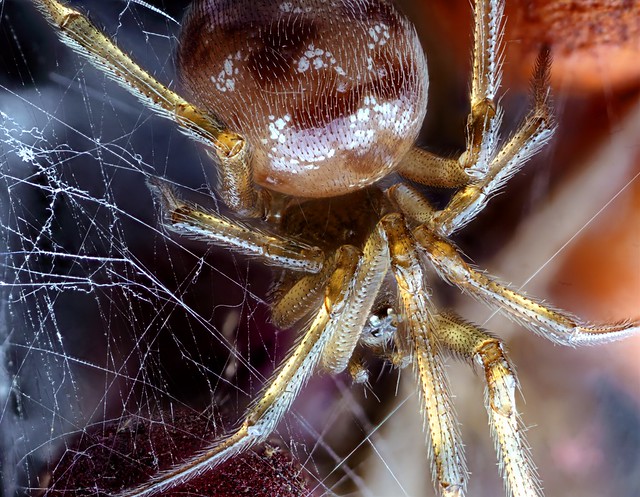 [size=0]
[size=0][/size]
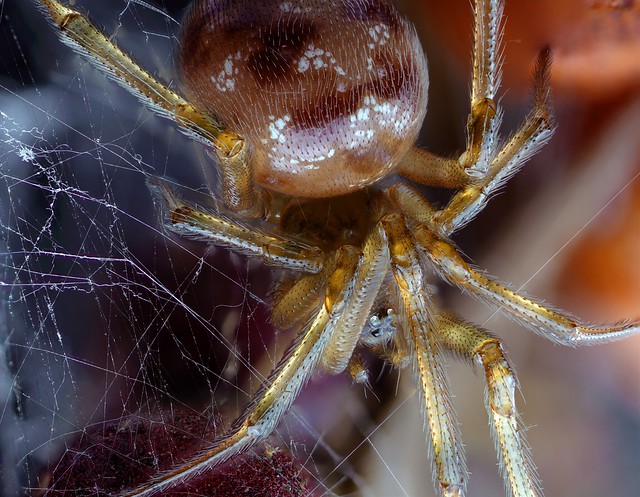 [size=0]
[size=0][/size]
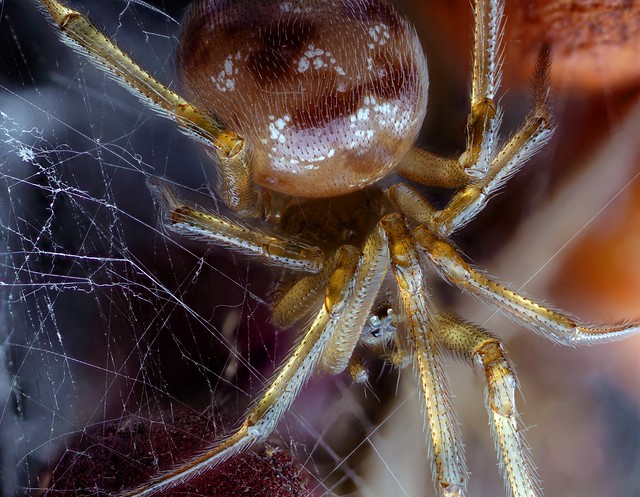
Darkened
DMap
PMax
When slabbing a stack, I run both PMax and DMap of each slab and darken each pair. Then stack the darkened slabs, again using each approach and darkening those two a final time. This approaches the general effect of having slab-stacked the images using DMap throughout, which would ordinarily show artifacts to a ridiculous extent.
Please let me know if any of the above is unclear! I hope this method proves useful in some instances.


